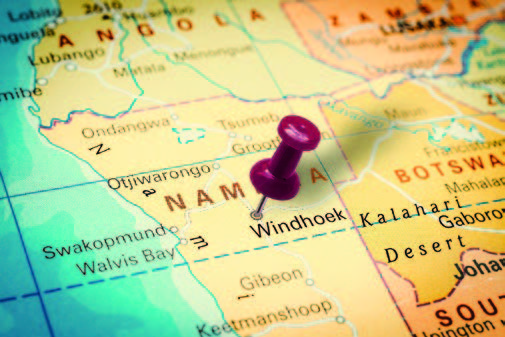
California is far from the only region in the world moving toward direct potable reuse (DPR). Windhoak, Namibia, with a population of more than 350,000, is the first and longest running DPR plant in the world. Windhoak has been using DPR for drinking water purposes for more than 50 years.
The Goreangab Reclamation Plant currently provides 35 percent of the drinking water supply for Windhoak. SuccessfulDPR is practiced in Windhoek based on the practice of diverting industrial and other potentially toxic wastewater from the main domestic waste water stream. The domestic wastewater is then treated through a multi-barrier treatment sequence to produce safe potable water. This water is then blended with surface water before being pumped into the distribution system.
 The plant has many safeguards in place. There are online instruments monitoring the water quality parameters24hours a day, seven days a week, and there are testing requirements at each point in the treatment process. Operational monitoring also takes place every 15 minutes where a sample is taken from the product water and analyzed in an onsite laboratory. Additionally, the City of Windhoak monitors the water quality multiple times a week.
The plant has many safeguards in place. There are online instruments monitoring the water quality parameters24hours a day, seven days a week, and there are testing requirements at each point in the treatment process. Operational monitoring also takes place every 15 minutes where a sample is taken from the product water and analyzed in an onsite laboratory. Additionally, the City of Windhoak monitors the water quality multiple times a week.
As Namibia is one of the most arid countries on Earth, DPR provides essential water security for its growing capitol.
“If it was not for this reclamation plant that we have there is no way that Windhoak could have survived and have the water to supply the large population we are having now. And because of this –recycling the water –the factories and all of us our benefiting,” Brunhilde Cornilius, City Councilor Windhoak.